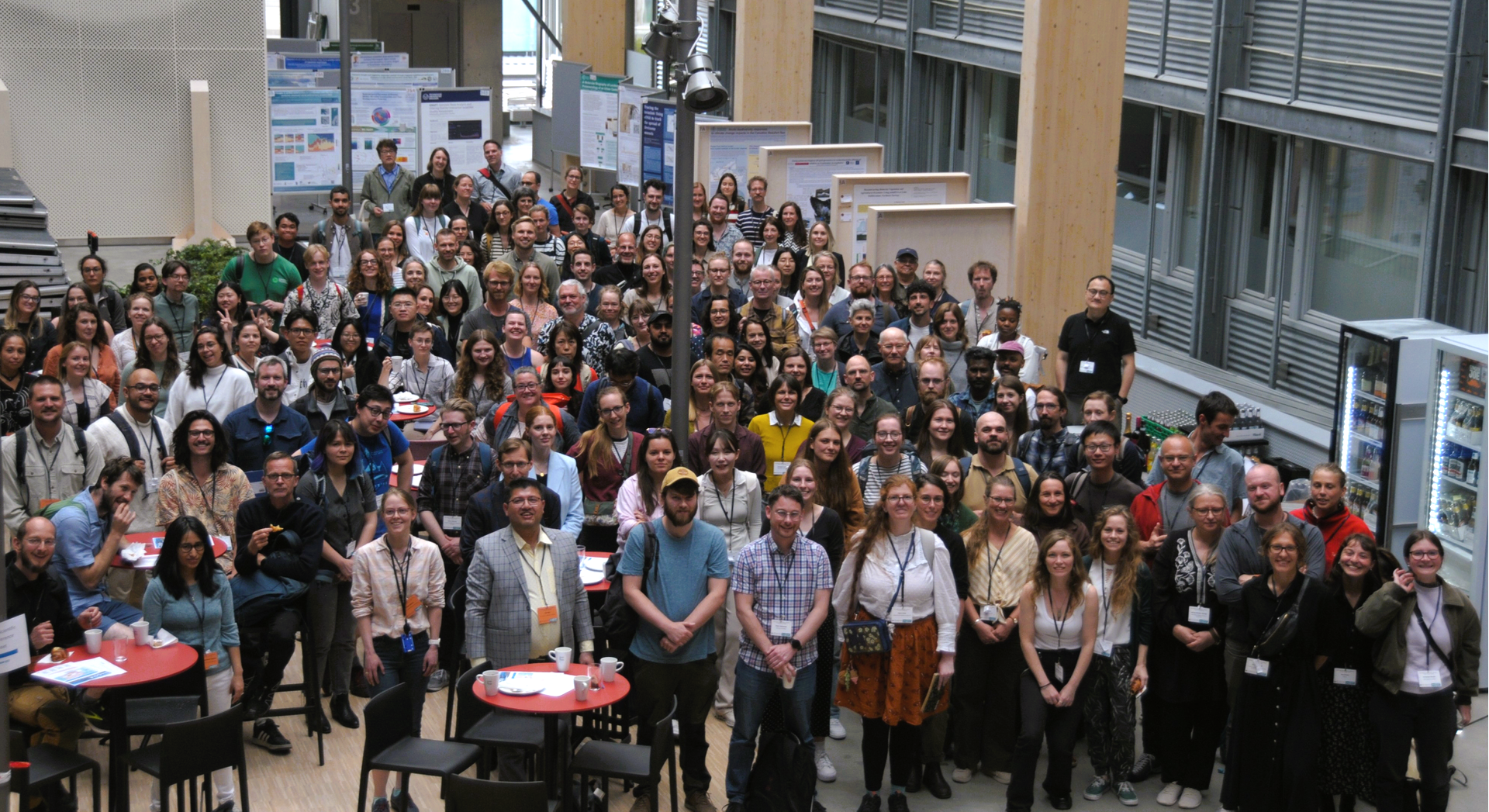About the sedaDNA scientific society
The sedaDNA scientific society was created to transmit information about current sedaDNA research, promote best practices and increase collaborations between research groups. Our research is based on the use of the sedimentary ancient DNA (sedaDNA), a tool largely used to track past long-term changes in terrestrial and aquatic biodiversity.
The primary aim of the society is to share information about sed(a)DNA research and to promote collaboration. To do so, we organise:
- Monthly student (MSc, BSc, PhDs and postdocs) seminars and society-wide seminars
- Monthly newsletters containing the latest publications, job offers, upcoming conference sessions related to sed(a)DNA, and other exciting news
- Separate repositories for publications linked to sed(a)DNA (google scholar and excel file)
The society is currently composed of 460 members. Registration for membership is free - and always will be - as well as access to all of our tools. Members do not need to be experts in sedaDNA to be part of the society; any researcher - following our code of conduct - is warmly welcome. Members are added to our mailing list, collaboratives spaces, and newsletter mailing list. You can also just register to receive our newsletter without being a member.
The body of literature being published about sed(a)DNA is growing each year! To help us with our monthly literature survey, please let us know about your latest paper (see quick links below).
Quick links:
Our past conferences
We were very happy to see you in Tromsø for our second sedaDNA conference! The next one will be in Copenhagen in 2027 (end of July). More details to come.
 Second sedaDNA conference in Tromsø (Norway), 23-26 June 2025
Second sedaDNA conference in Tromsø (Norway), 23-26 June 2025
 First sedaDNA meeting in Potsdam (Germany), 6-9 June 2023
First sedaDNA meeting in Potsdam (Germany), 6-9 June 2023
Other links
A number of collaborative projects have stemmed from discussion amongst members of the sedaDNA society! The outcomes are listed here
Our activities and resources are organised by a core group of people, and we rely on by many team leaders across the globe for advice on current and new projects. To see who is on our organising board and advisory board, click here
About the creation of the society, click here
